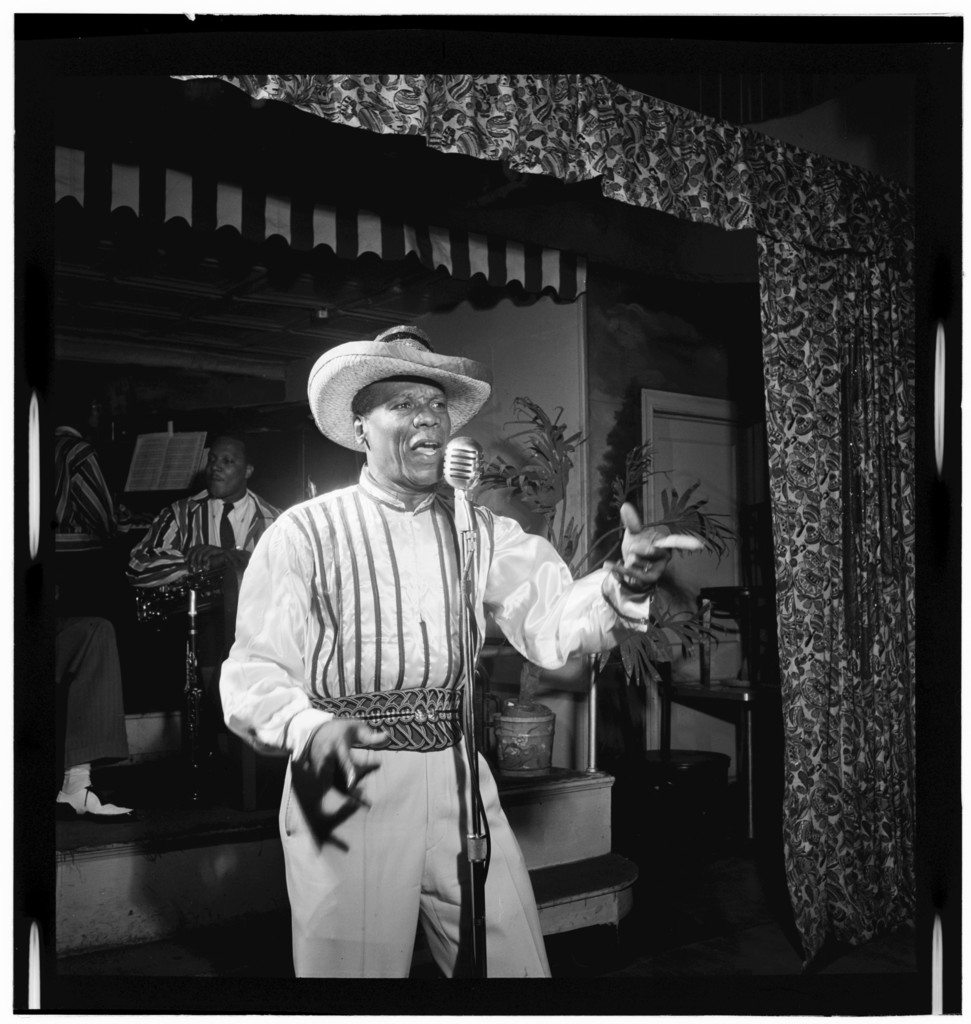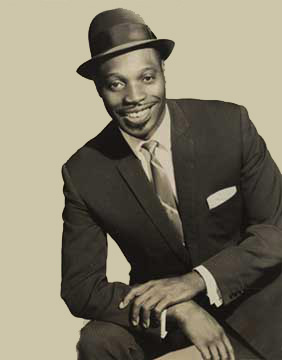Harlem Late Night jazz Presents:
Calypso: 1930
HARLEM LATE NIGHT JAZZ Presents:
Calypso: 1930
The Jazz History Tree
The calypso in Trinidad and Tobago is mainly of African origin and can be traced to the traditions of West Africa. The African traditions of call and response and ring shout are clearly present in calypso. Brought to Trinidad by enslaved peoples, calypso (which was called a poor man’s newspaper in times when literacy was not wide spread) traces its roots to African traditions of improvised songs and storytelling. The slaves, brought to toil on sugar plantations, were stripped of all connections to their homeland, culture, and family and not allowed to talk to each other. They used calypso to communicate with each other and to mock the slave masters. Calypso ultimately evolved to become both a dance and cultural record of events. Early forms of calypso were also heavily influenced by jazz melodies such as “Sans Humanite,” the extempo melody in which calypsonians lyricize spontaneously, commenting on social issues or insulting each other.
The first calypso recordings came in 1914 and inaugurated the Golden Age of Calypso. By the 1920s, calypso tents were set up at carnivals for calypsonians to practice before competitions; these have now become showcases for new music. The first major stars of calypso started crossing over to new audiences worldwide in the late 1930s. Attila the Hun, Roaring Lion and Lord Invader were first, followed by the great Lord Kitchener, one of the longest-lasting calypso stars in history.
Calypso music has been used by calypsonians to provide sociopolitical commentary. Prior to the independence of Trinidad and Tobago, calypsonians would use their music to express the daily struggles of living in Trinidad.1 During the independence movements of Trinidad and Tobago from the early 1950s until 1962, calypso lyrics critiqued British colonial rule. Lyrics were made to express the common belief that colonialism was immoral and oppressive to Caribbean people. Calypso music would include common messages of freedom, anti-colonialism, and empowerment of African-descended people.2
Lord Kitchener, in particular, became known for the politically critical lyrics in his music. Kitchener used calypso to shed light on the grievances of a generation of Caribbean families migrating from the islands to England in response to increased labor demands after World War II.3
1944’s “Rum and Coca-Cola” by the Andrews Sisters, a cover of a Lord Invader song, became an American hit. Calypso became a worldwide craze with the release of the “Banana Boat Song,” a traditional Jamaican folk song, whose best-known rendition was done by Harry Belafonte on his 1956 album Calypso—the first full-length record to sell more than a million copies. 1956 also saw the massive international hit Jean and Dinah by Mighty Sparrow.
Great calypso artists include David Rudder, the Mighty Sparrow, Lord Kitchener, the Mighty Gabby, Calypso Rose, Grynner, Explainer, Ras Shorty-I, Arrow, and Andre Tanker.


Footnotes:
1 Alfred Blatter, Revisiting Music Theory: a Guide to the Practice (Routledge, 2007), 28.
2 Richard Allsopp, Dictionary of Caribbean English Usage (Oxford University Press, 1996), 131.
3 Huon Wardle, Laura Obermuller, “The Windrush Generation,” Anthropology Today, 34, no. 4 (2018): 3–4 https://doi.org/10.1111/1467-8322.12445.